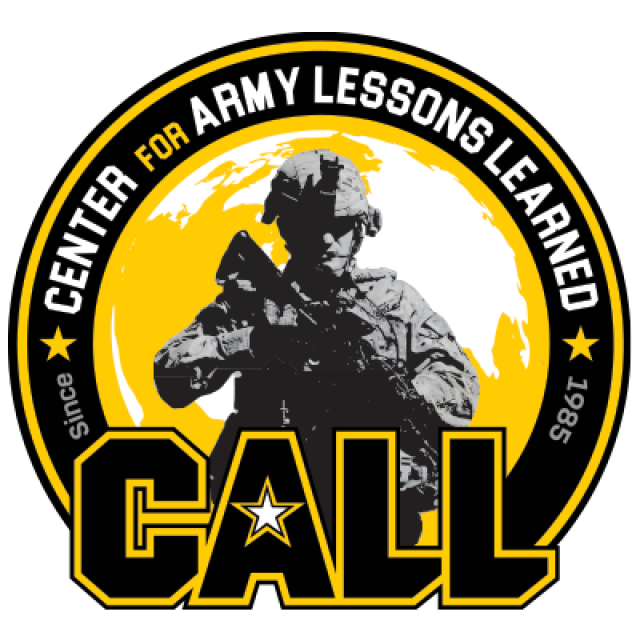Download here:
25-960, Enhancing Reserve Component Integration (Feb 25) [PDF - 87.1 KB]
Foreword.
Combined Arms Training Brigades (CATBs) face significant challenges in effectively using Reserve Component (RC) training support battalions (TSBNs). To address these challenges, understanding the current state of integration and identifying the obstacles that hinder effective partnership is essential. This white paper outlines the basis for employing RC TSBNs, identifies deficiencies in their application, and proposes solutions to integrate them into the First Army partnership mission.
Introduction.
The First Army is organized into two divisions, each comprised of five brigades, which are partnered with RC TSBNs. The goal of this partnership is to support the mobilization of reserve partners and facilitate large-scale mobilization operations. Despite this partnership, RC TSBNs are underused, with their role limited to administrative tasks such as setting up training facilities and augmenting brigade command posts. This has resulted in limited involvement in actual training activities. By expanding their role, RC TSBNs can provide essential sustainment and training support, including noncombat-focused observer coach/trainer (OC/T) capabilities, to enhance the brigade’s training mission throughout the year. This, in turn, can significantly impact First Army training effectiveness.
Integration Challenges and Constraints.
Not understanding RC constraints, differences in active duty and RC timelines, and misalignment that prevents RC TSBNs from training with partners throughout the fiscal year perpetuates RC TSBN underuse. For instance, a RC TSBN may be in a specific region, but its partner brigade may be several hours away, making it difficult to provide effective support. This geographic constraint, combined with limited availability because of monthly weekend drills and annual training requirements, hinders RC TSBNs from providing consistent support to their partner brigades.
Proposed Solutions.
The following are proposed solutions for improving RC TSBN integration into the First Army partnership mission:
• Conduct annual symposia to educate active-duty commanders and staff members about RC constraints and best practices for using RC TSBNs.
• Realign the partnership assignments to consider the geographic location of RC TSBNs, allowing them to provide more effective support to partners.
• Establish a formalized process for integrating RC TSBNs into planning with their partner brigades, initiating RC planning on a 12 to 18 month timeline to adapt to the brigades’ training schedules.
Conclusion.
Improving RC TSBN integration into the First Army partnership mission requires addressing the challenges and constraints that hinder effective partnership. Implementing education and training on RC constraints, realigning partnership assignments, and establishing a formalized process for integration increases the effectiveness of RC TSBNs and enhances the overall partnership mission. Commanders throughout First Army must understand the capabilities and constraints of RC TSBNs and use them effectively to achieve success.


Social Sharing